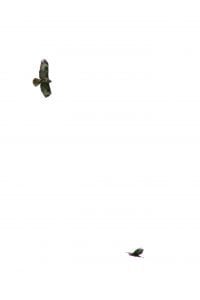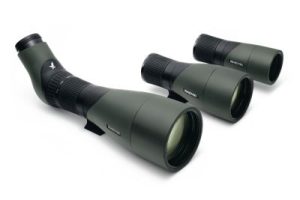 Every winter our resident blackbirds, song thrushes and mistle thrushes are joined by an influx of visiting northern European thrushes: fieldfare and redwing.
Every winter our resident blackbirds, song thrushes and mistle thrushes are joined by an influx of visiting northern European thrushes: fieldfare and redwing.
The birds usually start to arrive from late September / early October, and stay until early March… with some lingering a little later.
Redwing are songthrush sized, and are possible to confuse with song thrush if seen individually. There are a number of clues though that make identifying redwing pretty straightforward.
Fieldfare are larger, mistle-thrush sized birds, and are superficially similar to mistle thrush in their general shape and attitude — but again there are distinctive features that make them readily identifiable in most situations.
This very handy video from the BTO offers a master class in how to pick out the winter thrush species… so if you’ve been wondering how to tell your redwing from your song thrush or your fieldfare from your mistle thrush, wonder no more:
Look out for fieldfare and redwing all over Ireland throughout the winter on scrub and farmland with plenty of hedgerows to provide cover. And don’t forget to share this post with all your friends to help them pick out these charismatic visitors too.
Have photos of fieldfare and redwing you’d like to share? Head over to the Ireland’s Wildlife community on Facebook or on Flickr, we’d love to see them!
Photo Credit: ![]() All rights reserved by Alistair Prentice via the Ireland’s Wildlife group on Flickr
All rights reserved by Alistair Prentice via the Ireland’s Wildlife group on Flickr










2 comments
Stan Dwellback
Can’t view the video. A few stills showing differences would be really useful, as would a caption for the main photo. Thanks.
Jamie
I’ll never forgot hearing a late Redwing singing once – it sounded like several different birds all singing at once.